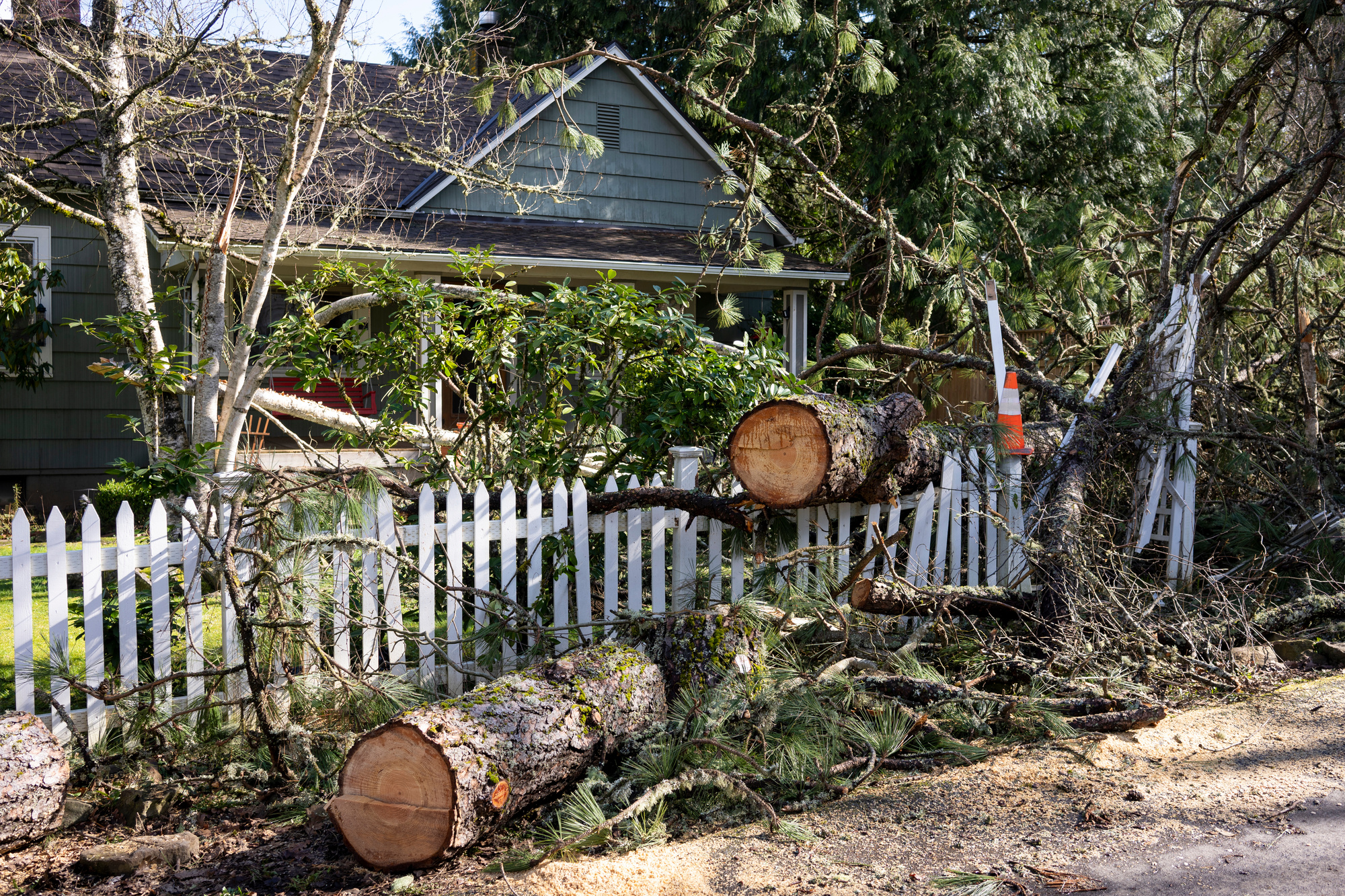Have you recently suffered home damage due to a disaster?
Are you worried about the restoration process and unsure of where to start?
If so, having a checklist handy can assist you in navigating the post-disaster restoration process. It will enable you to restore your home to its former glory and avert further damage from arising.
Keep reading this blog if your property experienced flooding, fire, or storm damage. Here, you’ll explore a comprehensive checklist to guide you as you embark on the journey of post-disaster restoration. Let’s get started.
- Evaluate Restoration Options
The first step after a disaster is to assess your restoration options, which includes carefully inspecting each area of your home for structural damage. Visible signs, such as a hole in the roof and damaged floors, will help determine the extent of restoration needed.
Next, consider hiring disaster restoration professionals like Yeti Restoration, specializing in emergency water damage, flooded basements, and workplace mold. They empathize with your stress and are here to guide you through the restoration process. Click here to find out more about how they helped a clothing store recover from flood damage in their office, sales floor, and storage.
Remember, before making any decisions, it’s wise to gather quotes and estimates from multiple restoration experts to make an informed choice.

- Document the Damage
Documenting every detail is also vital for post-disaster restoration efforts. Photo and video evidence of damage aids insurance claims and contractors.
Say you discovered a soaked living room carpet after a burst pipe. In this case, you can use your smartphone to capture images of wet areas, water-damaged furniture, and other affected items. These visuals will serve as proof for your insurance company and aid in the restoration process.
In addition, list all damaged furniture, appliances, and personal belongings. Include detailed descriptions and approximate values for each item. This inventory shows the damage and value of lost or damaged items, which is essential when filing an insurance claim.
- Inform Your Insurance Company
As soon as disaster strikes, it’s crucial to notify your insurance company about the incident. Contact them promptly to report the damage and begin the claims process. Communicating with your insurance company can speed up restoration and help you get repair funding. For instance, if a fire damages your kitchen and you need immediate assistance, inform your insurance company promptly.
Send photos, videos, and a detailed list of damaged items to your insurance company. Also, prepare to answer questions about the extent of the damage and disaster circumstances. This clear and prompt communication will ensure a smoother restoration process.
- Obtain Necessary Permits
Based on the scope of the restoration work required, local government permits may be needed to ensure the repair is performed according to regulations. For instance, if your home has suffered significant structural damage, you may need building permits to rebuild and renovate. Not complying with local guidelines can lead to additional complications and delays.
So, before starting restoration, check with your local government or building department for permits. Seek guidance on the application process and any associated fees. Obtaining the necessary licenses ensures proper restoration without legal issues.
- Prioritize Safety
When restoring your home after a disaster, prioritizing safety is paramount. Ensure that the premises are hazard-free before beginning any restoration work. For example, if a fire damages your home, ensure the electricity is turned off.
Additionally, be cautious of potential dangers, such as smoke residue or structural instability. Avoid entering compromised structures until a professional can assess and address the issue.
- Notify Utility Companies
In the aftermath of a disaster, it’s vital to inform utility companies about the damage to your home. The disaster may have affected power lines, gas lines, and other utility infrastructure.
Thus, it’s crucial to notify the respective utility companies to ensure they’re aware of the issue and enable them to respond accordingly. This form of communication is vital for ensuring the safety of your community.
For example, if a tree falls and damages power lines, immediately notify your electricity provider. Likewise, if a gas line rupture occurs during a disaster, contact your gas utility company to report the incident to prevent accidents.
- Address Mold and Mildew
In the wake of water damage, one of the most significant concerns is the growth of mold and mildew. To prevent these unwanted invaders from entering your home, address the issue promptly. If left unchecked, mold and mildew can pose health risks and damage your property.
If you detect the presence of mold or mildew through indications like a musty smell or visible growth, don’t hesitate to act promptly. Consult mold remediation experts to assess the problem and create a plan to remove and prevent mold growth.
- Seek Temporary Housing
Depending on the extent of the damage and the time needed for restoration, you may need to find temporary housing. Keep in mind that seeking temporary housing ensures your safety during the restoration period.
In some cases, you may be able to stay with family or friends temporarily. However, if you can’t find other accommodations, it may be necessary to seek assistance from local emergency services. If you have extra living expense insurance, contact your provider to learn your options. They can help you find temporary housing and understand the costs.
Final Thoughts on Restoring Normalcy
Experiencing a disaster and the subsequent restoration process can be overwhelming. But with this homeowner’s checklist, you can navigate the hurdles and enjoy a smooth restoration journey.
Remember to take it slow, prioritize your safety and well-being, and ask for help from professionals and support systems. With patience and persistence, your home will eventually return to its previous state of grandeur. May you find strength and courage in this difficult time.
















